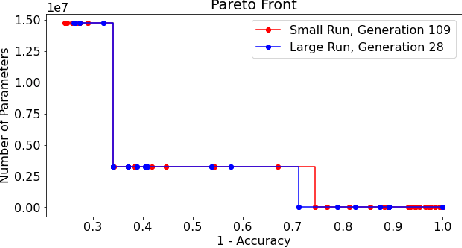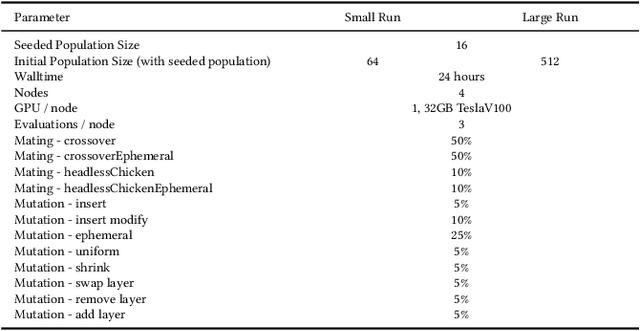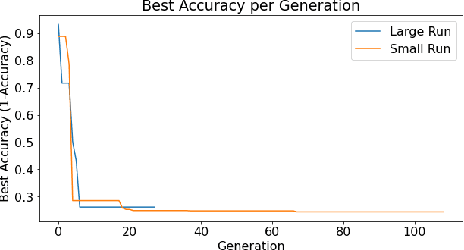Pulak Agarwal
Data-Centric Epidemic Forecasting: A Survey
Jul 20, 2022



Abstract:The COVID-19 pandemic has brought forth the importance of epidemic forecasting for decision makers in multiple domains, ranging from public health to the economy as a whole. While forecasting epidemic progression is frequently conceptualized as being analogous to weather forecasting, however it has some key differences and remains a non-trivial task. The spread of diseases is subject to multiple confounding factors spanning human behavior, pathogen dynamics, weather and environmental conditions. Research interest has been fueled by the increased availability of rich data sources capturing previously unobservable facets and also due to initiatives from government public health and funding agencies. This has resulted, in particular, in a spate of work on 'data-centered' solutions which have shown potential in enhancing our forecasting capabilities by leveraging non-traditional data sources as well as recent innovations in AI and machine learning. This survey delves into various data-driven methodological and practical advancements and introduces a conceptual framework to navigate through them. First, we enumerate the large number of epidemiological datasets and novel data streams that are relevant to epidemic forecasting, capturing various factors like symptomatic online surveys, retail and commerce, mobility, genomics data and more. Next, we discuss methods and modeling paradigms focusing on the recent data-driven statistical and deep-learning based methods as well as on the novel class of hybrid models that combine domain knowledge of mechanistic models with the effectiveness and flexibility of statistical approaches. We also discuss experiences and challenges that arise in real-world deployment of these forecasting systems including decision-making informed by forecasts. Finally, we highlight some challenges and open problems found across the forecasting pipeline.
Concurrent Neural Tree and Data Preprocessing AutoML for Image Classification
May 25, 2022



Abstract:Deep Neural Networks (DNN's) are a widely-used solution for a variety of machine learning problems. However, it is often necessary to invest a significant amount of a data scientist's time to pre-process input data, test different neural network architectures, and tune hyper-parameters for optimal performance. Automated machine learning (autoML) methods automatically search the architecture and hyper-parameter space for optimal neural networks. However, current state-of-the-art (SOTA) methods do not include traditional methods for manipulating input data as part of the algorithmic search space. We adapt the Evolutionary Multi-objective Algorithm Design Engine (EMADE), a multi-objective evolutionary search framework for traditional machine learning methods, to perform neural architecture search. We also integrate EMADE's signal processing and image processing primitives. These primitives allow EMADE to manipulate input data before ingestion into the simultaneously evolved DNN. We show that including these methods as part of the search space shows potential to provide benefits to performance on the CIFAR-10 image classification benchmark dataset.
 Add to Chrome
Add to Chrome Add to Firefox
Add to Firefox Add to Edge
Add to Edge